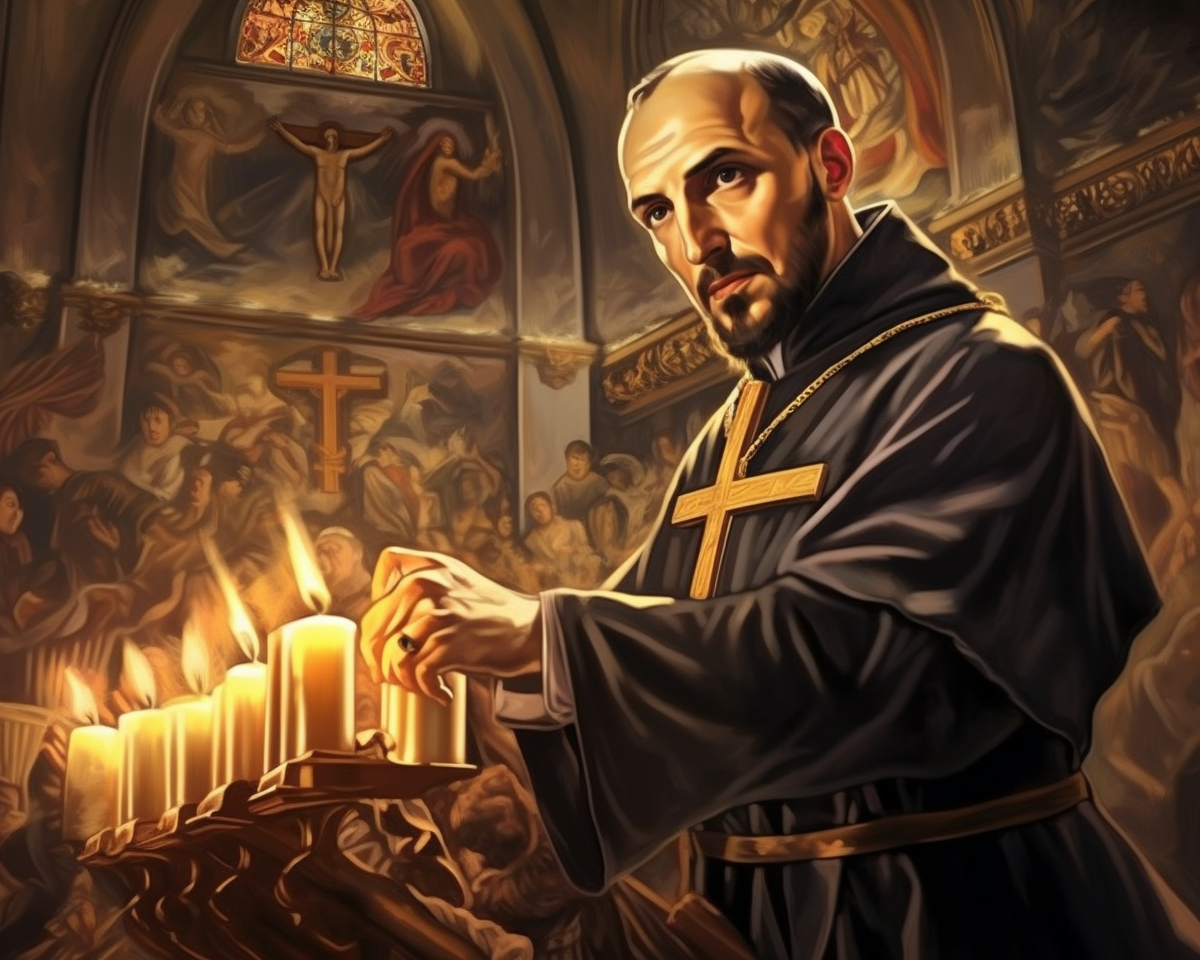Post
Post 4: Counter-Reformation and Catholic Reforms
The Reformation had a profound impact on the Catholic Church, prompting a response known as the Counter-Reformation. The Catholic Church recognized the need to address the concerns and criticisms raised by the Protestant movement and embarked on a series of reforms. One of the key figures in this effort was Ignatius of Loyola, who established the Society of Jesus, also known as the Jesuit Order. The Jesuits played a crucial role in revitalizing the Catholic Church and countering the spread of Protestantism.
Another significant event during the Counter-Reformation was the Council of Trent, held between 1545 and 1563. The Council aimed to clarify Catholic doctrine, address abuses within the Church, and reaffirm its authority. This Council reaffirmed traditional Catholic teachings, including the belief in the seven sacraments, the importance of good works for salvation, and the authority of the Pope. By solidifying Catholic teachings and practices, the Council aimed to provide a clear alternative to the Protestant Reformation.
In addition to these institutional changes, the Catholic Church also implemented various reforms at the local level. These reforms focused on disciplining clergy, improving the education and training of priests, and providing better pastoral care to the faithful. The Church sought to address the issues that had caused dissatisfaction and led many individuals to embrace Protestantism.
Although the Catholic Church managed to regain some of its lost ground, the Reformation had a lasting impact. The Counter-Reformation helped to restore the authority and unity of the Catholic Church to some extent, but it also led to increased religious tensions and divisions. The Reformation forever changed the religious landscape of Europe and set the stage for further religious conflicts in the following centuries.
The Counter-Reformation also had a significant impact on art and culture. Artists like Gian Lorenzo Bernini and Caravaggio emerged during this period, creating works that would shape the style known as Baroque, which sought to evoke a sense of emotion and awe in the viewer. This artistic movement aimed to reinvigorate the faith of the Catholic Church and played a crucial role in the renewal efforts of the Counter-Reformation.
In conclusion, the Counter-Reformation was the Catholic Church's response to the Reformation and involved various reforms and initiatives aimed at addressing the concerns raised by the Protestant movement. The Jesuit Order, the Council of Trent, and local reforms were all crucial elements of this Counter-Reformation effort. While the Catholic Church managed to regain some ground, the Reformation had a lasting impact on religious, social, and cultural developments in Europe.
